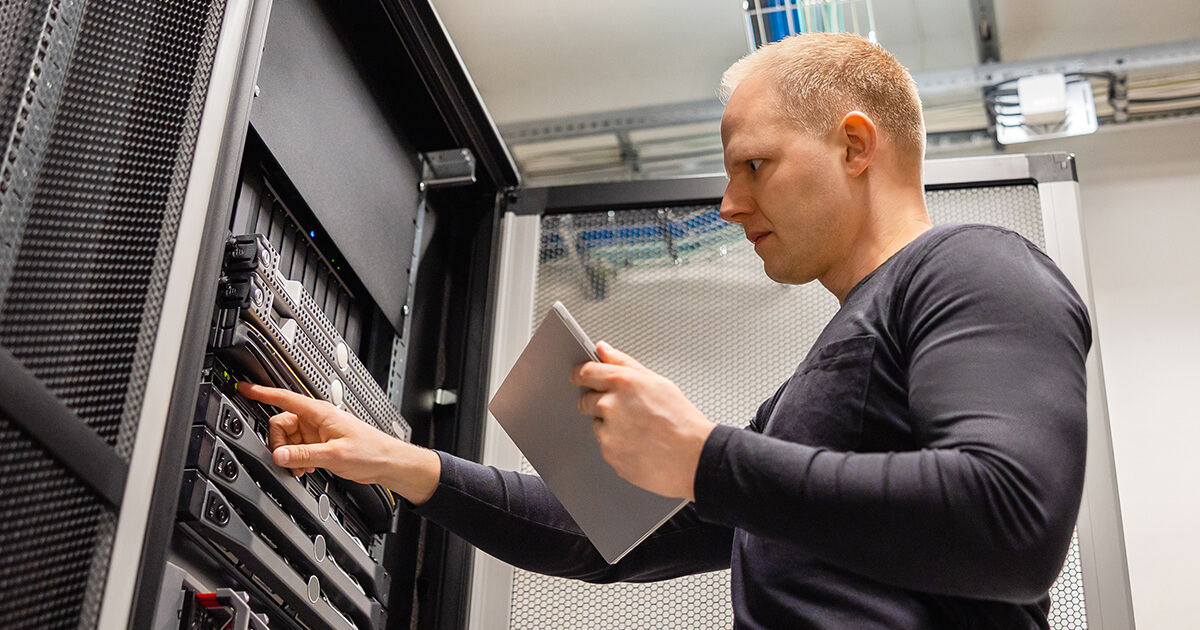
1. Lower Cost
When field service technicians are also employees of the service provider, they incur both salary and overhead costs to the company. Those costs get passed on to their customers ― you.
When field service techs are 1099 contractors, the cost of labor includes only time and materials, not all those extra overhead expenses.
2. Wider Availability and Coverage
Retail IT departments often adopt aggressive rollout schedules so retailers can minimize the pain for stores and start reaping the benefits of the new digital signage, EMV-enabled terminals, mobile devices or other technology as soon as possible.
When the service provider is limited to a small roster of in-house techs that becomes a built-in limitation on how fast the rollout can proceed. That’s a real problem in busy seasons or large rollouts where demand for IT expertise is at its highest.
A 1099 workforce is large and geographically spread. Level 10, for example, has a roster of 2,000 IT professionals it can tap to ensure trained, qualified techs are available to meet even the most ambitious, time-sensitive rollouts. When a large fast-food chain needed a new POS system implemented quickly, Level 10 was able to perform 4,000 installations in four months with a success rate of 96% thanks to its large 1099 workforce.
3. More Flexible Travel and Scheduling
A W-2 workforce must travel for every rollout outside their home base. That means scheduling and funding long drives, flights and hotels ― and then running up more costs when delivery issues or other delays throw a monkey wrench into the schedule.
A contractor gets paid when they work, so they are responsive to schedule changes and only show up when it’s time to get started. And because they are a large group spread out across the country, it’s much easier to identify a trained, local tech in even the most remote store locations.
Flexibility is one reason contracted labor is on the rise in IT, according to KPMG and Harvey Nash. Their 2016 CIO Report says the size of the contingency IT workforce grew 33% from 2011 to 2016. “As project demands grow, the contingent labor force is probably the fastest way to train people on board,” the report says.
4. High Quality Training and Support
The array and complexity of store technology is expanding rapidly as stores seek to engage, inform and entertain their customers. A service provider with a W-2 staff must constantly balance techs’ time in the field with pulling them back for training on the intricacies of the next new update or device.
With a larger, 1099-based workforce, Level 10 can do both at once.
In addition, the majority of the people that train and support Level 10’s field technicians ― our level 2 and 3 support staff ― are former field techs themselves. These are the employee-owners that conduct the proof of concept and pilots for every project, then create documentation, film training videos and onboard our field technicians. We also have a shadowing/train the trainer program to instill product and process knowledge into a core team of field techs who can then instill that knowledge to whatever number of additional techs they need to get the job done right.
Those techs also gather deep domain expertise gleaned from the other technology service providers they work with, broadening the depth of knowledge.
5. Consistent, Professional, Credentialed Techs
While Level 10 maintains a large roster of field service techs, ongoing contracts are typically serviced by a core group of 200 to 300 techs. These techs become highly knowledgeable of the stores and devices they service and the managers and associates who work there.
They also adhere to the security and other requirements of the retailer or mall location, including professional appearance and clearly displayed credentials. So retailers can feel assured they are entrusting their investments in a well-qualified, background-checked, credentialed technician workforce.
6. Connected Workforce
Field service techs are by definition geographically spread, and that makes them harder to manage. One of the things that makes our 1099 workforce so fast and nimble is our new mobile app for techs. That allows them to select projects based on their experience and certifications, so Level 10 can quickly field a qualified team for even the most “last-minute” of jobs.
That’s critical when a timeline skips or a last-minute change disrupts a planned implementation and original project teams can’t make the new schedule. Level 10 can tap its app to quickly secure local qualified techs so projects get back on track quickly, without costly rebooking tech travel and further delays.
7. Real-Time Management
The app also manages all the deliverables a tech needs to support the project, including checklists, images and schematics, so they’re always on hand to keep things moving.
Alerts enable Level 10 to manage this workforce remotely. For example, if it’s past the end of what should have been a time-specific project, level 1 technical support analysts can check directly with the tech to find out the status ― saving clients money and keeping the implementation on track.
Today’s sophisticated store technology requires a nimble, knowledgeable and well-trained workforce.
At Level 10 we believe our contracted, 1099-based field service techs are the best fit for our clients’ rapidly evolving store tech deployment and support requirements. Contact us today to take a new approach to your field services.
